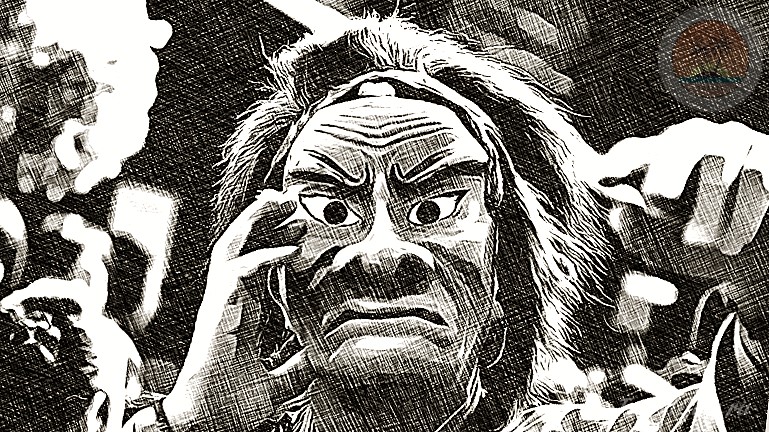
The meaning of black in Japan
In this article, we continue the conversation about the cultural features of the Land of the Rising Sun. And today we are talking about the meaning of black in Japan, ambiguous not only in Asian culture, but also in the world as a whole.
The color that is in the front row
How many shades of colors are there in the world? According to various sources, the human eye is able to recognize from 7 to 10 million unique colors. And outside of the naked eye, the color spectrum is just huge.
Realizing that the number of colors is almost limitless, it is not at all surprising that their perception and interpretation varies from culture to culture.
Every culture has its own sense of color, and Japan is no exception. There are colors that have uncompromising recognition and charisma. Among these colors, black is definitely in the first row.
Black color in Japanese culture
Black is called Kuro (黒) in Japanese. It may seem surprising that the oldest use of black in Japanese culture was tattoos.
Tattoos for fishermen and criminals
In the old days, tattoos were quite widespread. Tattoos in the form of birds or fish were especially popular among fishermen. Tattoos were stuffed in order to protect against evil forces.
But gradually, from about the Nara period (about 1400 years ago), tattoos began to be used to identify criminals. It was from there that the tradition began among members of the Yakuza (Japanese organized crime) to apply numerous tattoos to their bodies.
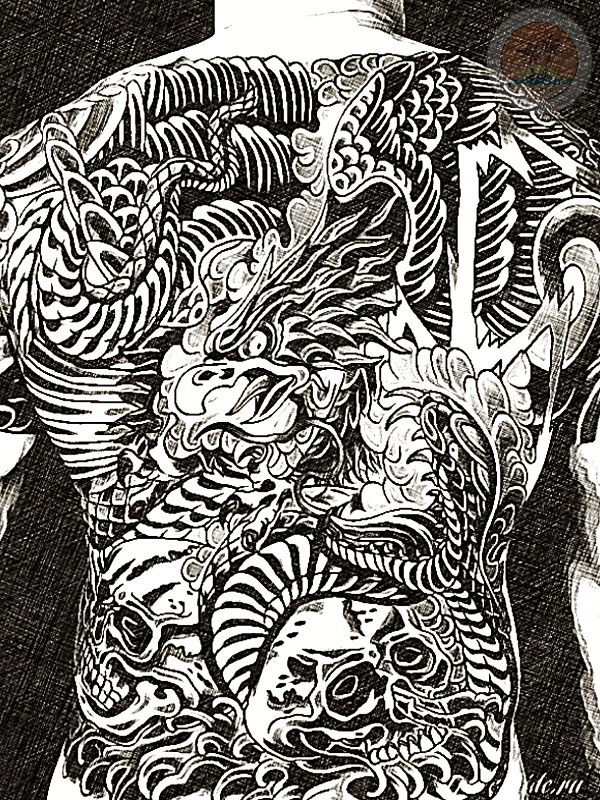
Nowadays, most onsen, traditional hot springs, do not allow people with tattoos to serve. But still, in some regions of Japan, fishermen still have tattoos.
Armor of the samurai and their horses
Interestingly, earlier black was the opposite of purple. In the 12-level traditional ranking system, this "dark night" "belonged" to the two lower ranks.
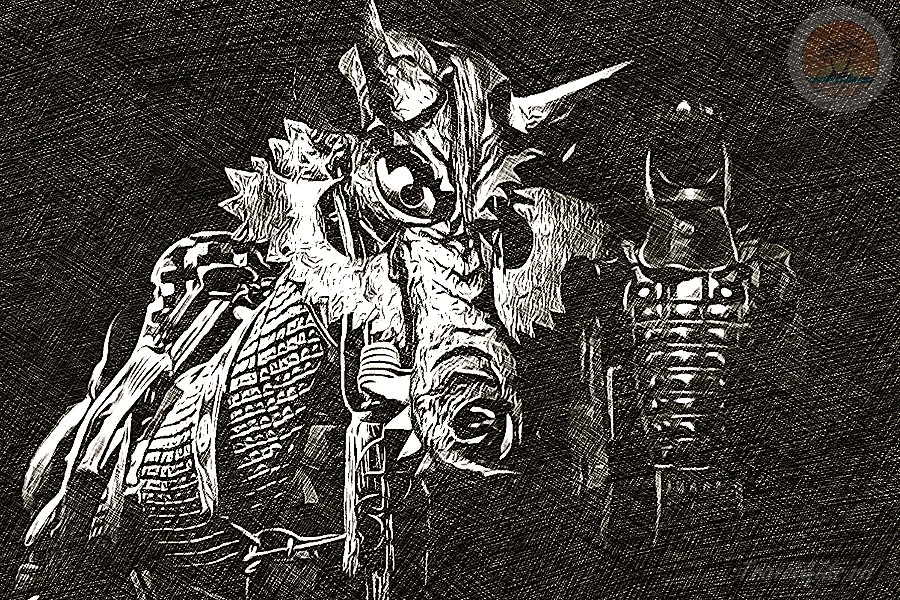
However, the samurai still respected the color black and successfully used it along with the common red on their armor and the battle armor of their horses.
Makeup and staining of teeth
Black has also been used for make-up in Japan since ancient times. As in many other countries, eyebrows were dyed in it.
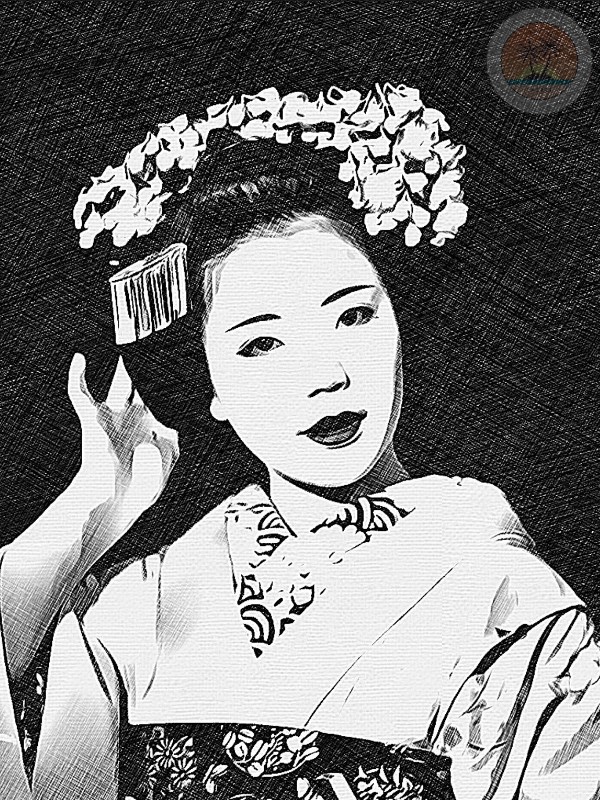
However, in Japan there was an unusual tradition called ohaguro. It consisted in staining the teeth in the same color.
Jet black was considered a beautiful color, and until the end of the Meiji period (1868-1912), Japanese women, as well as some men, dyed their teeth black.
Staining was carried out with iron dissolved in acetic acid. It was believed that such a mixture, after applying bee acid to the teeth, prevented caries. Nowadays in Japan, almost no one paints their teeth, except for some geishas on special occasions and old people in the countryside during funerals.
Calligraphy
Black is also an important color in the Japanese art of calligraphy, but especially in sumi-e, which means ink drawing. A master in sumi-e uses only different shades of the same color and creates beautiful paintings.
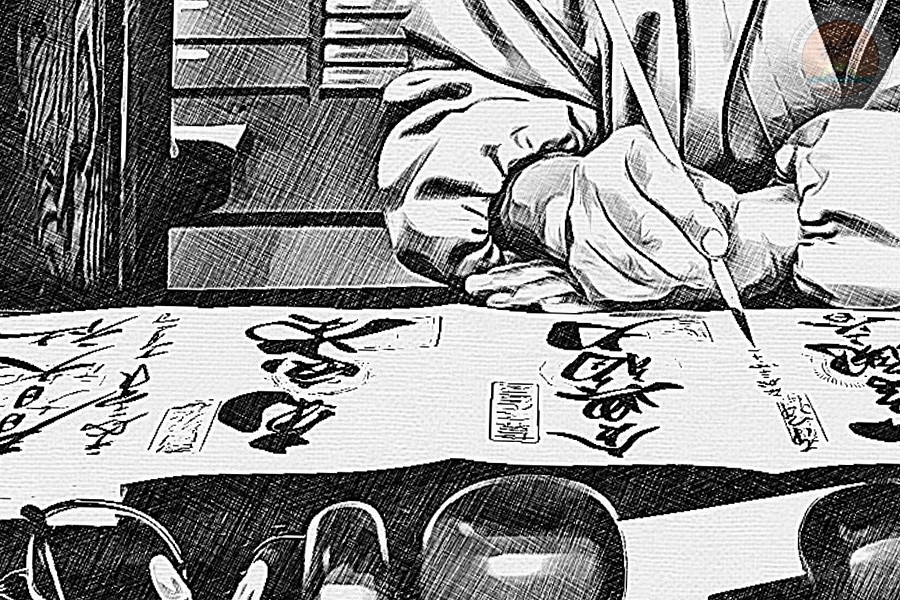
Separate meanings of black in our time
It is also believed that this is the color of the night and evil forces. Indeed, it is a strong ominous color in the culture of Japan. Traditionally in Japan, black means death, destruction, doom, fear and sorrow. No wonder the roof of the shrine of Oiwa Inari Tamiya has such a shade of night. If you are interested in the legends about the ghosts of Japan, read history of Yotsuya Kaidan.
However, he may also be the color of elegance. For example, at events in suits or with evening dresses.
Black may well mean the absence of color, so to speak, the original emptiness. It is the color of mystery and solemnity. It is the color of the night, which expresses the depths of the unknown and develops the imagination. In addition, it can be associated with failure or misfortune.


